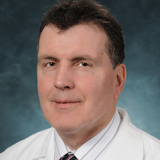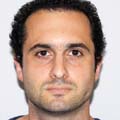The Dreidink Scholars Program supports summer research undertaken by first-year medical students at Jefferson during the summer that concludes first year of medical school. From among those students participating, one student was chosen each year to receive the Dreidink Scholar award, based on the student’s: 1) accomplishments in the lab; and 2) potential for a successful career in translational research.
With the adoption of the JeffMD Curriculum by the medical school in 2018, first year medical students began performing their research under a Scholarly Activities program during the academic year. Thus, in 2019 the Dreidink Scholar Program transitioned to host aspiring physicians who entered the lab as gap year students. The lab currently hosts 6 gap year students who participate in a wide range of basic, translational, and clinical research within the Department of Medicine.




